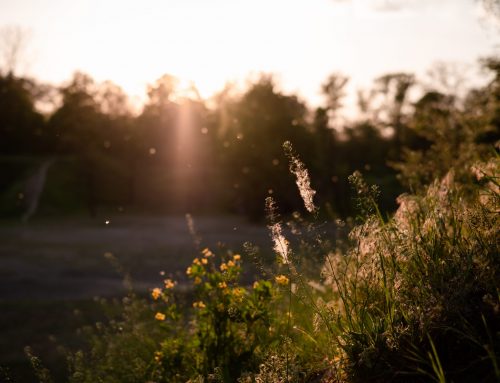Antioxidants, aka phytochemicals, are chemicals that occur naturally in plants and provide our bodies with health benefits. If you’ve always wondered about these magical little substances, keep reading.
Antioxidants and Free Radical Damage Prevention
Free radicals aren’t just a band you vaguely remember loving in the ’90s. Free radicals are oxygen molecules that have split into single atoms with unpaired electrons, and are now unstable because electrons much prefer to be paired up. These molecules seek out other electrons so they can stabilize, and this process causes oxidative stress to the body in a chain reaction that will just keep on going unless the free radical is neutralized.
Luckily, antioxidants can prevent damage from oxidation. Antioxidants have an extra electron they’re able to (very generously) donate to those free radicals, which can halt that process of oxidation.
Halting that process is important, since free radical damage is believed to be behind degenerative processes in the body including aging, DNA damage, chronic disease, and inflammation. So where do the free radicals come from? Well they can come from our food, but also from environmental chemicals like air pollution or tobacco smoke. Free radicals can also stem from intense exercise, chronic stress, or chemical-based household and beauty products.
Get Your Antioxidants by Eating a Rainbow of Fruits and Vegetables
Many antioxidants in nature provide protection for plants by acting as plant pigment, which shields the plant from its own free radicals, microbes, UV light and to protect it from hungry pests. Looking at a fruit or vegetable’s color can let us know that it contains antioxidants.
There are many different kinds of antioxidants, but there are two very common classifications known as polyphenols and carotenoids.
Polyphenols
Polyphenols include flavonoids such as quercetrin, which can be found abundantly in red onions, and rutin which is found in apples and citrus fruits. Another flavonoid is found in green tea.
Other polyphenols include flavones, anthocyanins and catechins, which are found in berry fruits as well as isoflavones which are found in legumes.
Anthocyanins are often responsible for blue, purple or red colors in food. The darker the blue, the more anthocyanin there is. Betacyanin gives beetroot is deep purple shade.
One polyphenol you might have heard of is resveratrol, which is found in red wine and grape skins.
Carotenoids
Some examples of carotenoids are beta carotene, lutein and lycopene.
Lycopene is a reddish or pink color, and you can find it in tomatoes, pink grapefruit, and watermelon. Lutein is in your green leafy veggies, like kale, or yellow veggies like squash. To get some beta carotene in your system, turn to carrots or sweet potatoes.
Curcumin is the orange pigment in turmeric, and is another well-known and powerful antioxidant.
Different antioxidants can provide slightly different benefits, but the most important thing to do is to eat a large variety of them and to eat them often. Try diversifying your diet regularly, to keep things exciting!
Make fruits and vegetables a primary focus of your diet and each meal. Try to make each plate as colorful as possible. When your meals look like a rainbow, your health might leave you feeling as lucky as a pot of gold!




